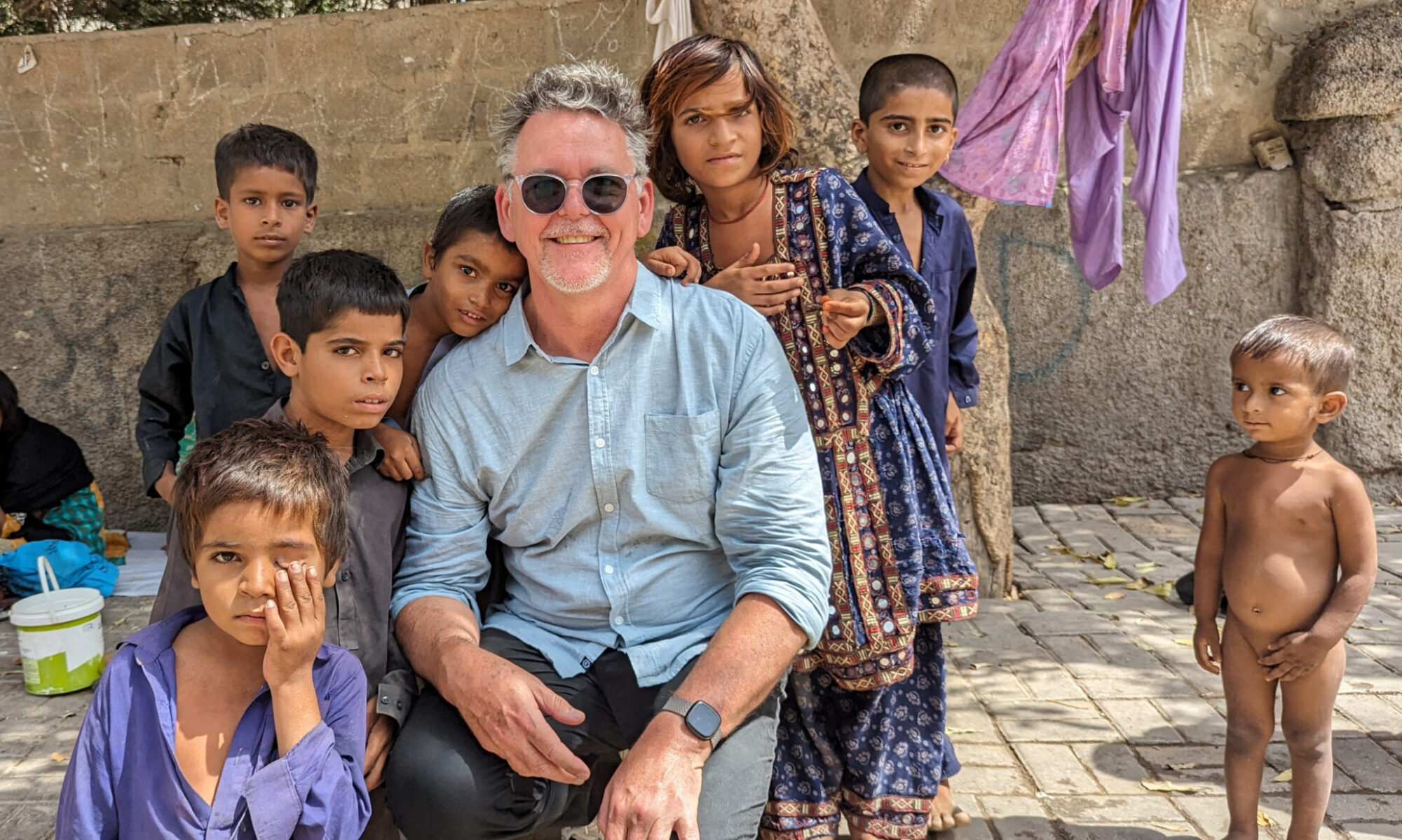 Ok, I’m a bit greedy I know… I applied for both the Sydney Google Teacher Academy and the Australian Apple Distinguished Educator Program. It would have been nice to be part of both. I was thrilled to bits to find out that I got into the GTA program last week, and then was full of anticipation to hear back about the ADE program this week.
Ok, I’m a bit greedy I know… I applied for both the Sydney Google Teacher Academy and the Australian Apple Distinguished Educator Program. It would have been nice to be part of both. I was thrilled to bits to find out that I got into the GTA program last week, and then was full of anticipation to hear back about the ADE program this week.
Unfortunately, I missed out on getting into the 2011 ADE Program. I mean, I know it’s really competitive and all, and I’m not for one moment trying to take anything away from those that got into it – my hearty congratulations go out to all of you who made it, including friends like Helen Otway and Allanah King. They are absolutely deserving of their place in the program. Well done to you both, and to everyone else who was accepted.
But I’ll be honest with you… I was quite frankly a little surprised when I read the email. As brash as it might sound to say so, I thought I had a pretty reasonable chance of being accepted into the ADE program. Perhaps my optimism was buoyed a little too much after having being asked to keynote at all 5 of the Apple ITSC events last year, or having the Australian ADE Program manager suggest to me that I “should definitely apply”. Maybe I had unrealistic expectations. Maybe I was being just a wee bit too cocky about the whole thing. I’m not sure.
Just like the App Store approval process, there is no transparency to the ADE selections. There is a list of criteria, and a rubric to assess your own application – both of which I thought I would do ok on – but you never find out the reasons why you did or didn’t get in.
At first I thought perhaps that it was because my school is primarily a PC school (although we just handed out 70+ MacBook Airs to our Year 6 kids for their 1:1 program… the thin edge of the wedge?) But then I heard of several other new ADEs who work in non-Mac schools, so maybe that’s not it at all.
Someone suggested that being accepted into the Google Teacher Academy the week before might have played a part. The rivalry between Apple and Google has been getting more and more intense over the last year or so, so maybe Apple would prefer to keep their distance from anyone associated with Google. But then, I’m sure I know other Google Certified Teachers who are also ADEs so maybe that’s not it at all either. (However, note to self – and others – if you ever apply for both programs again, perhaps don’t blog about it until you hear back about your applications. In hindsight I wish I didn’t post my application videos until after I’d heard back from both Apple and Google. Just in case.)
The email from Apple said “we hope you will apply again for the ADE intake in 2012”. I might. I might not. I’m not sure. I’m not sure exactly what would be different with next year’s application. I can’t imagine being any more pro-Apple, any more passionate about education and technology, any more active in the online space. I just honestly don’t know what else I’d add to this year’s application, which was apparently not enough.
Anyway, I’m not upset, I’m not bitter and I’m not annoyed. Just a little perplexed, and I’ll admit, a little disappointed. Although I thought briefly about installing Linux on my MacBook Pro, I probably won’t. Probably. 🙂
However, now I’m really looking forward to the GTA.

 Ok, I’m a bit greedy I know… I applied for both the Sydney Google Teacher Academy and the Australian Apple Distinguished Educator Program. It would have been nice to be part of both. I was thrilled to bits to find out that I got into the GTA program last week, and then was full of anticipation to hear back about the ADE program this week.
Ok, I’m a bit greedy I know… I applied for both the Sydney Google Teacher Academy and the Australian Apple Distinguished Educator Program. It would have been nice to be part of both. I was thrilled to bits to find out that I got into the GTA program last week, and then was full of anticipation to hear back about the ADE program this week.